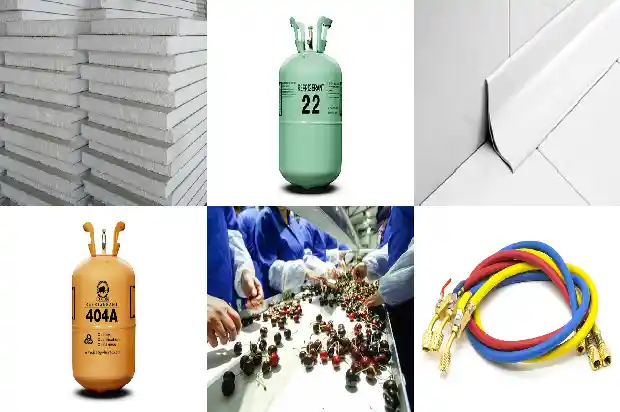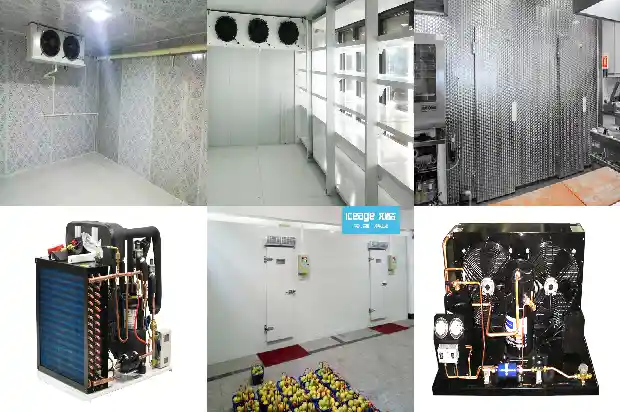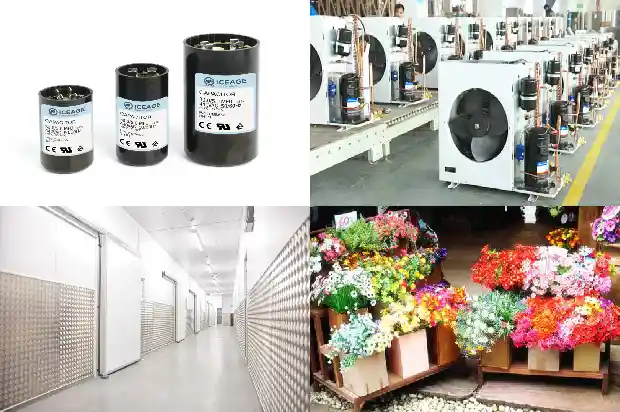Reference Points for Selection of Screw - type Chillers
2024-12-17
- When selecting a chiller, give priority to units with a higher coefficient of performance value. According to statistical data, generally, the running time of a chiller under 100% load throughout the year accounts for less than a quarter of the total running time. The proportions of running time under 100%, 75%, 50%, and 25% loads within the total running time are approximately 2.3%, 41.5%, 46.1%, and 10.1% respectively. Therefore, when selecting a chiller, models with a relatively flat efficiency curve should be prioritized. The adjustment range of the chiller load should be taken into account during the design and selection process. Multi-head screw chillers have excellent part-load performance and can be selected according to the actual situation.

- The selection of chillers should be considered based on the cooling load and application. For refrigeration systems that operate under low-load conditions for a long time, it is advisable to select multi-head piston compressor units or screw compressor units, which are convenient for adjustment and energy saving.
- Attention should be paid during the design and selection: Under the nominal working condition flow, the outlet temperature of the chilled water should not exceed 15 °C, and the outdoor dry-bulb temperature of the air-cooled unit should not exceed 43 °C.

If it is necessary to exceed the above ranges, it is necessary to understand whether the usage range of the compressor allows it and whether the power of the main motor is sufficient.
- When selecting a chiller, attention should be paid to the normal working range of the unit of that model. Mainly, the current limit value of the main motor is the current value of the shaft power under the nominal working condition.
- When selecting a chiller, attention should be paid to the conditions of the nominal working condition. The actual cooling capacity of a chiller is related to the following factors:
a) The outlet temperature and flow rate of the chilled water;
b) The inlet temperature, flow rate, and fouling factor of the cooling water.
Related Articles
- Introduction to Key Points of Compressor Grouping in Quick-freezing Cold Storage
- 4 Points on Causes of Water Leakage in Closed Cooling Towers
- Fin Spacing Design of Cooler and Several Knowledge Points of Defrosting in Cold Storage
- Selection of Bypass Control Valves for Air - conditioning Water Systems
- Selection and Installation of Thermal Expansion Valves
- Function and Selection of Buffer Tanks
- Precautions for Commissioning of Screw Parallel Units
- Composition and Common Faults of Screw Refrigeration Compressors
- Operation of Screw - type Water - cooled Chiller Units
- What Are the Reasons for Insufficient Air Output of Screw Air Compressors?
- How to Schedule Overhauls, Medium - sized and Minor Repairs of Screw Refrigeration Compressors?
- Maintenance Methods for Faults in Screw Refrigeration Air - conditioner Compressors
- Water-cooled Screw Chiller: Operation and Maintenance
- Comparison of Performance of Three Common Refrigeration Compressors (Reciprocating, Screw, Centrifugal)
- Maintenance of Screw Chiller
- Startup and Shutdown Operations of Screw Chiller
- Maintenance of Screw Chiller
- Fault Analysis of Working Principle of Screw Chiller Unit
